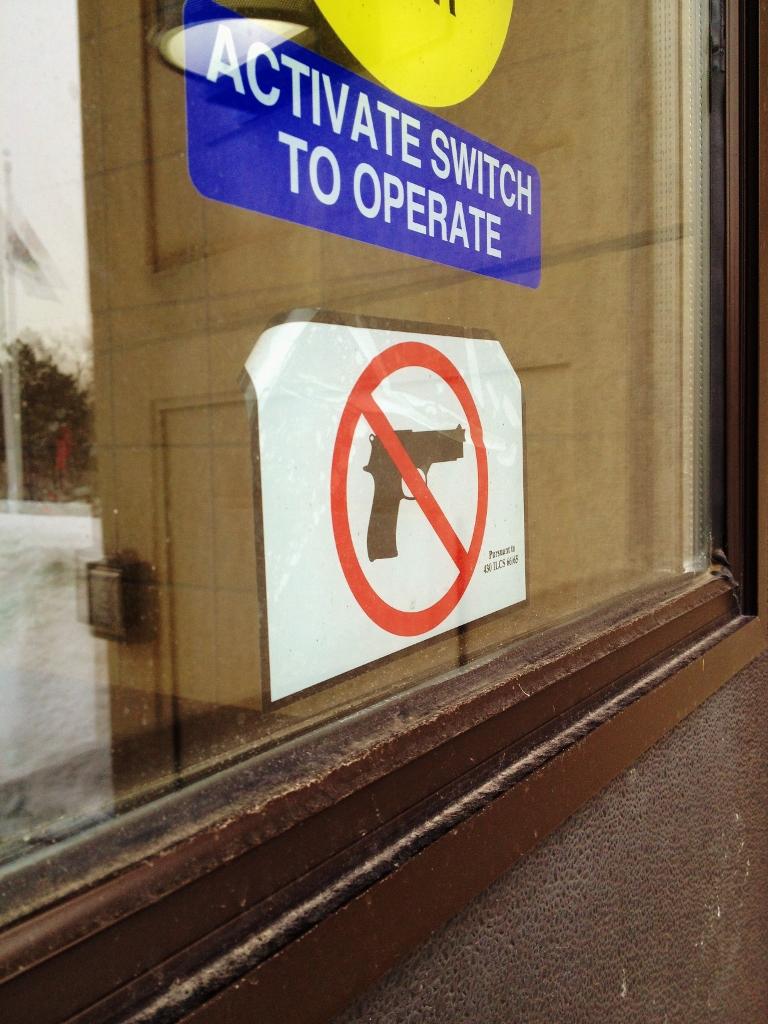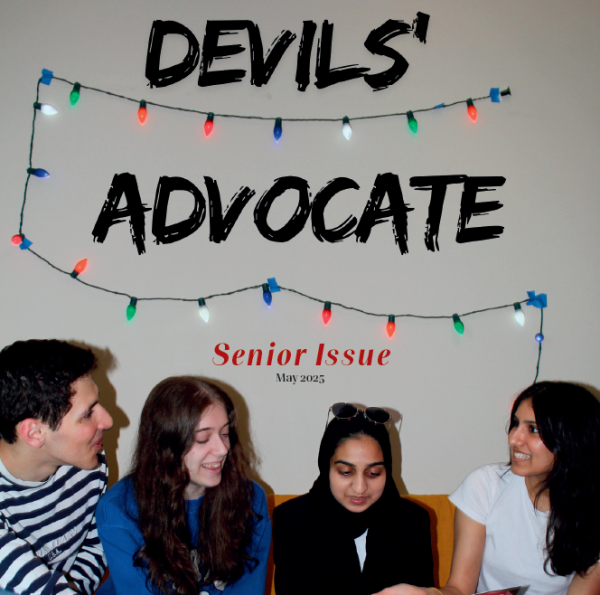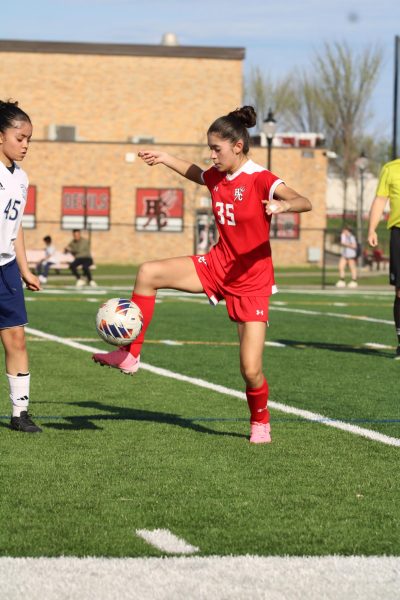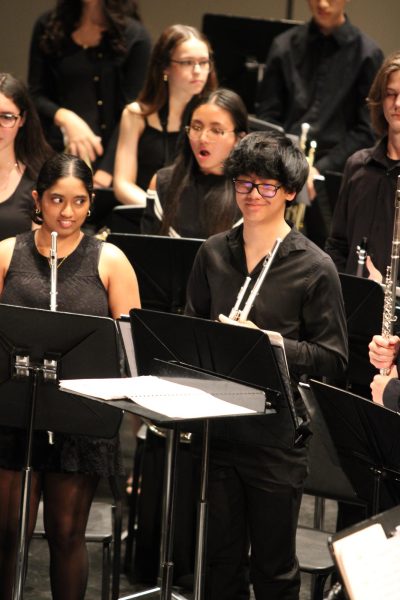New Concealed Carry Law summons stickers and safety concerns for Central
“No firearm” stickers have been popping up all around Central’s entrances over the past few weeks. The stickers are related to the new 2014 Illinois Concealed Carry Act. The new law allows licensed citizens to carry a hidden firearm legally.
Ms. Dever, Director of Deans, clarifies the reasons behind the sudden sign spottings. “No conceal and carry [in the school]; that’s what the sign means,” Dever said. “The law requires the schools to post those signs stating that you cannot carry firearms in the building—it’s prohibited.”
Of course, this new law has not changed any school policy regarding guns. “We’ve never allowed guns or weapons,” Dever said. The stickers serve to reiterate that policy.
Central is not the only school with the stickers. In fact, they’re in schools all over the state. “Every school in the state of Illinois has to have those stickers,” Dever said.
With the new act coming into effect at the beginning of the new year, this raises new concerns about possible safety breaches involving weapons in the building now that people can carry a concealed weapon. A 2012 FBI Law Enforcement web bulletin gives information regarding new safety procedures in a possible shooter setting. According to the bulletin “Federal agencies, including both the FBI and the Department of Homeland Security, Federal Emergency Management Agency, endorse the use of the teaching technique of ‘Run, Hide, Fight’ to explain to civilians how they can protect themselves and others around them.”
J. Pete Blair of the Advanced Law Enforcement Rapid Response Training Center at Texas State University as well as Terry Nichols, a retired commander from the San Marcos, Texas, police department who now works at the same response training center, have similar opinions as the FBI on the matter. They advised in a 2014 NPR article that if in the presence of a shooter on campus, three steps should be taken: avoid, deny, defend.
Avoidance is as simple as staying as far away from the shooter as possible. If that is not possible, a person must deny the shooter access to their vicinity by, for example, barricading entrances. In a complete worst case scenario, an individual must be ready to defend themselves. “[In] roughly one out of six attacks … the people on the scene take action and stop the shooter themselves,” Blair said.
“I’m not asking you to be a cop,” Nichols said. “I’m asking you to be prepared. … Have a role in your own survival.”
Although Central does not have a three step plan identical to the FBI or Blair and Nichols, the school does have similar procedures. “Our lock down drill already covers the [avoid and deny],” Dever said in response to the FBI’s bulletin. “Our procedures are… if there is a safety concern, you are to get yourself out of that situation.”
For more information on the act, click here.











